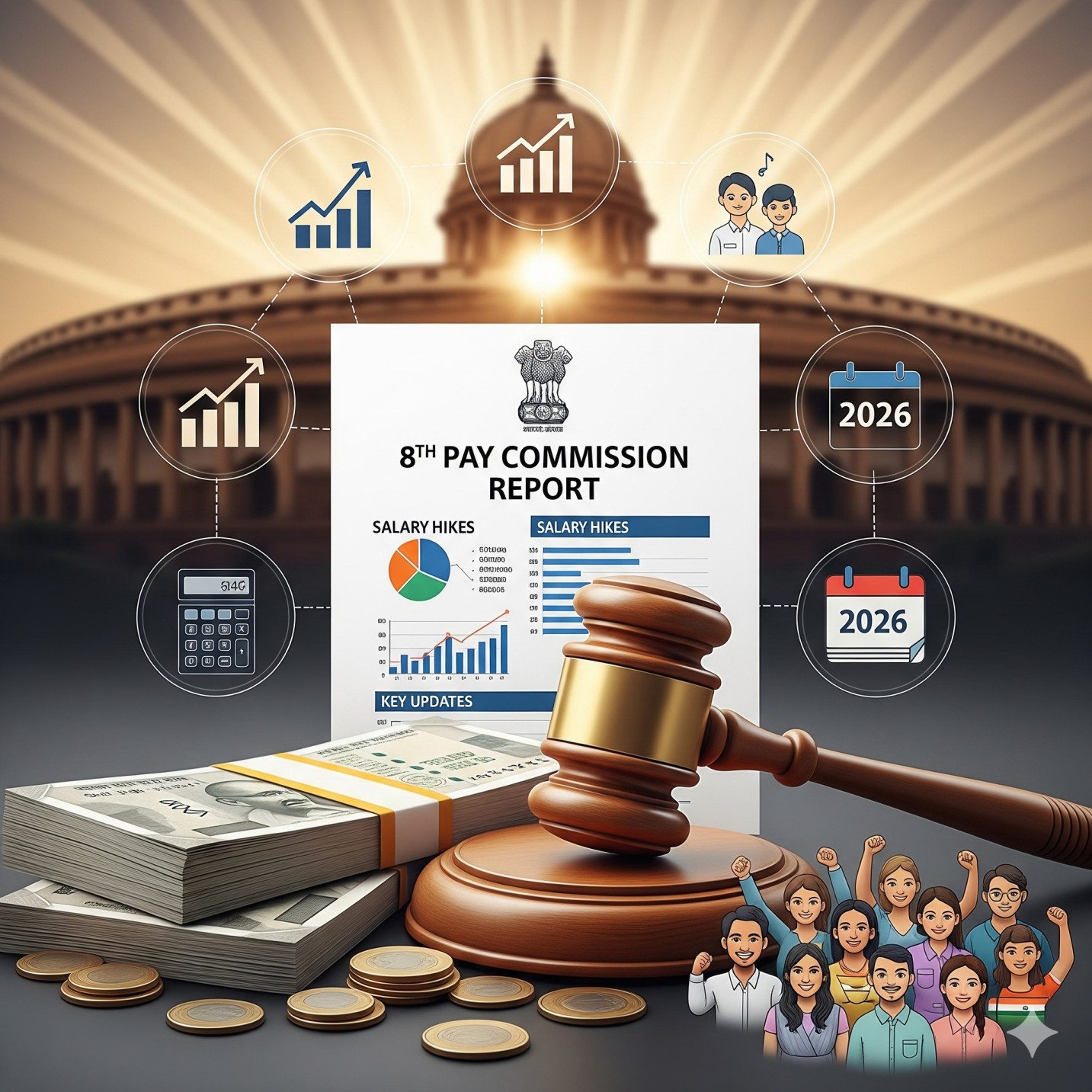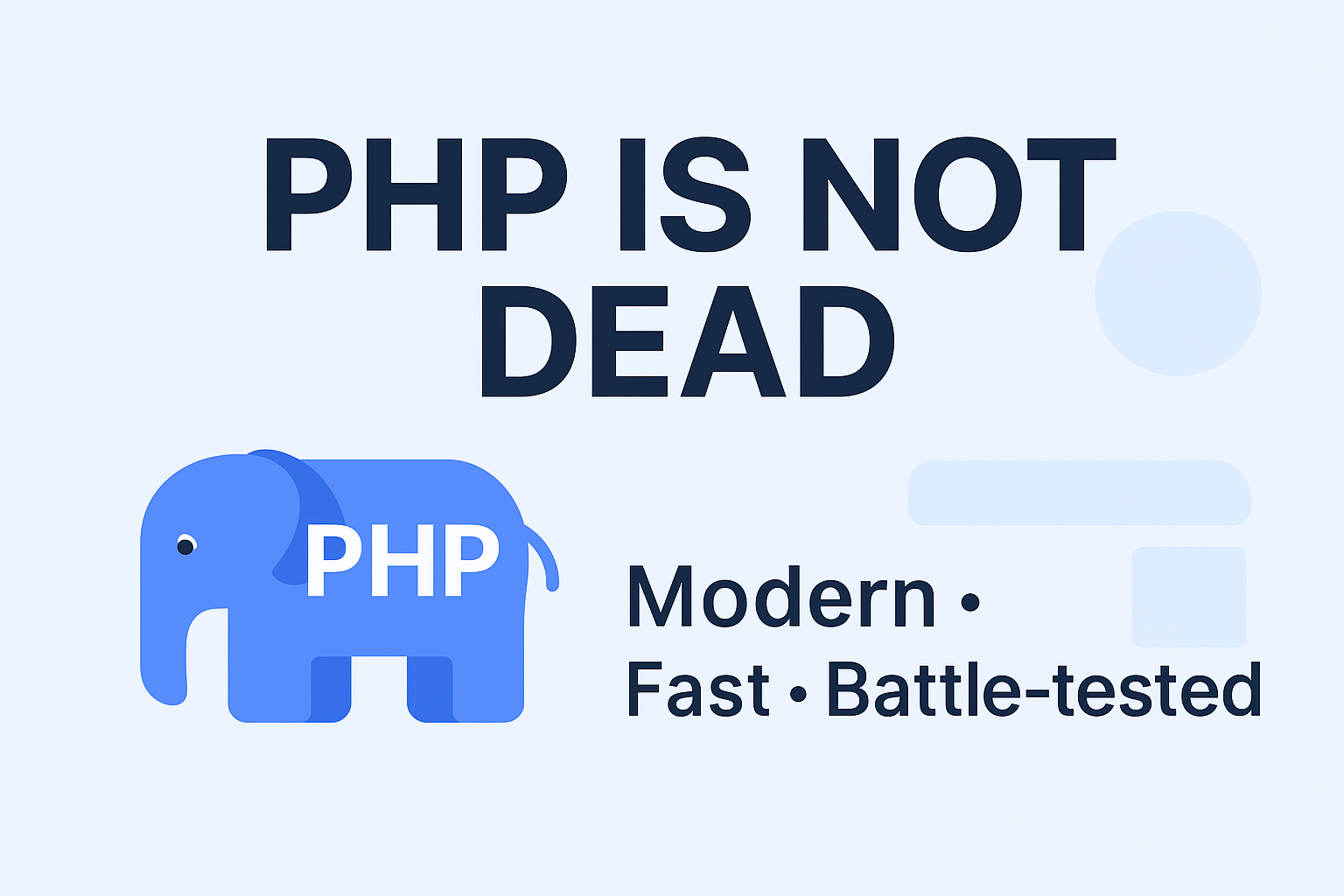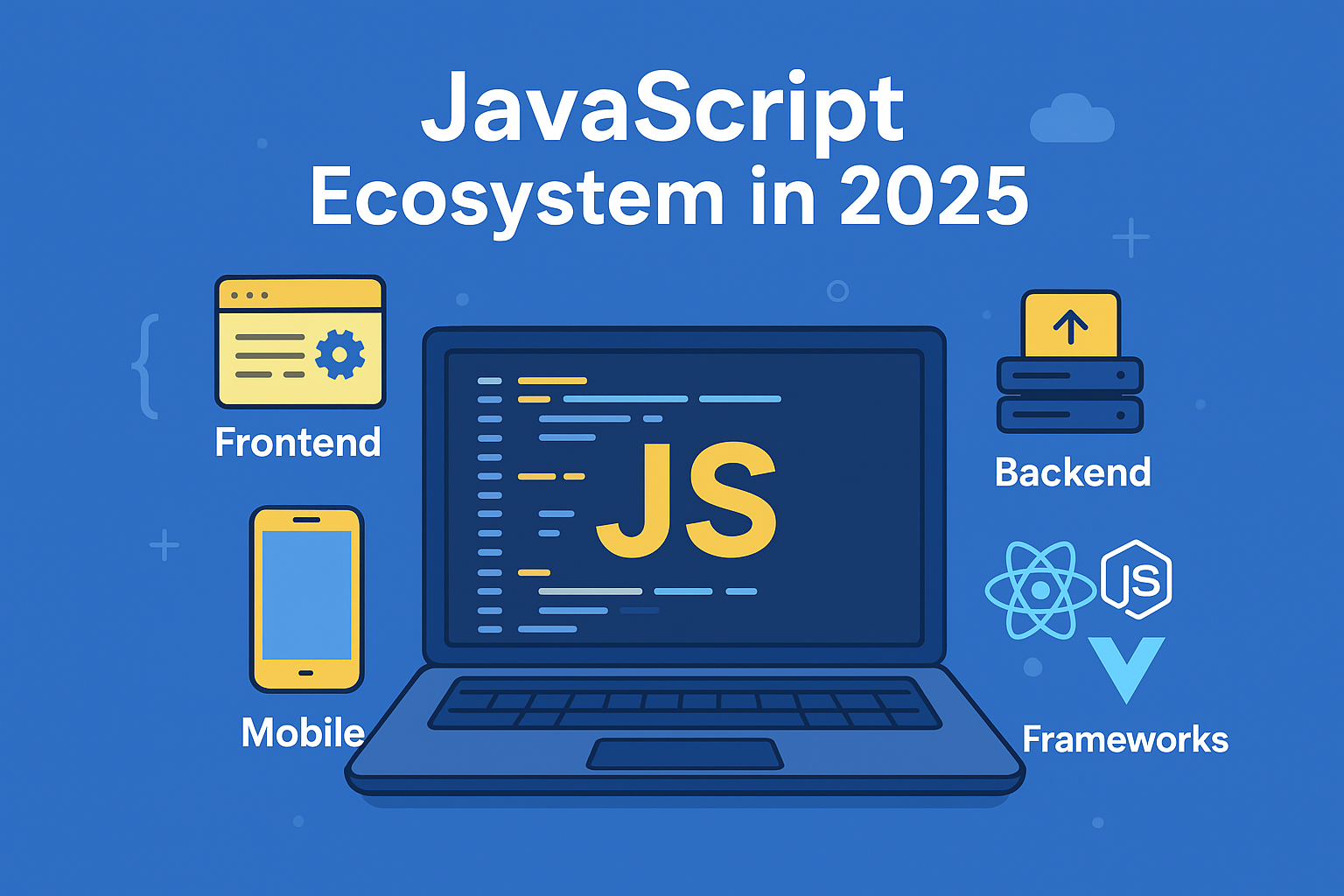8th Pay Commission (8th CPC) — Latest Updates, Expected Hike & Timeline
Introduction
The 8th Pay Commission (8th CPC) is one of the most anticipated reforms for central government employees and pensioners in India. The 7th Pay Commission recommendations were implemented in 2016; the 8th CPC recommendations are expected to take effect from January 1, 2026. This article provides updated context, likely pay changes, fitment factor details, timelines, and what beneficiaries should expect.
What is the 8th Pay Commission?
The Pay Commission is a statutory body set up by the Government of India approximately every ten years to review and revise salary structures, allowances, and pension provisions for central government employees and pensioners. The 8th CPC will succeed the 7th CPC and is expected to affect over 11 million central government employees, pensioners, and related beneficiaries across ministries and departments.
Key Terms Explained
Fitment Factor
The fitment factor is a multiplier used to convert the old basic pay into the new basic pay under the revised pay matrix. For example, if the fitment factor is 2.46 and an employee's current basic pay is ₹30,000, the new basic pay would be ₹30,000 × 2.46 = ₹73,800 (subject to rounding and pay matrix rules).
Dearness Allowance (DA)
DA is a cost-of-living adjustment paid to government employees and pensioners. When basic pay increases under a new pay commission, DA calculations are revised accordingly and could lead to higher monthly payouts.
House Rent Allowance (HRA)
HRA is linked to basic pay and pay bands. When the basic pay goes up, HRA slabs (e.g., for metro, big city, and smaller cities) are typically recalculated as a percentage of the revised basic pay.
Expected Salary & Pension Hike
Based on reports and expert commentary, the following are widely discussed expectations (note: official confirmation may differ):
- Estimated overall salary and pension increase: 30%–34%.
- Probable fitment factor range: 2.28 to 2.86, with many analysts singling out 2.46 as a likely compromise.
- Allowance recalculations (DA/HRA/TA/etc.) will further increase take-home pay beyond the basic pay revision.
Detailed Financial Example
Example conversion using a sample basic pay:
Current basic pay = ₹40,000. With a fitment factor of 2.46:
New basic pay ≈ ₹40,000 × 2.46 = ₹98,400 (subject to rules on pay matrix placement and rounding).
Allowances such as HRA and TA will be recalculated on the new basic, and DA will be computed on the revised pay — so the effective monthly increase in in-hand salary will be higher than the basic pay increase alone.
Implementation Timeline & Arrears
Effective date: January 1, 2026.
Rollout: Administrative procedures, departmental consultations, and budgetary approvals may stretch implementation into the next fiscal year — some departments may complete rollout by late 2026 or into FY 2027.
Arrears: If there is delay in formal rollout, arrears are generally paid retrospectively from the effective date (i.e., January 1, 2026), subject to government notification and finance ministry orders.
Allowances & Benefits Likely to Change
Expect reviews and possible upward adjustments in:
- Dearness Allowance (DA) thresholds and phase-in schedules
- House Rent Allowance (HRA) slabs and percentages
- Pension calculations and minimum pension thresholds
- Travel Allowance (TA), Medical Allowance and reimbursement caps
- Special compensation for hazardous locations or hard-to-station posts
Government Process & Stakeholders
The government typically forms a committee or a commission secretariat that consults with:
- Ministries and departments
- State governments (for matters overlapping with states)
- Employee unions and pensioner associations
- Finance Ministry and Department of Expenditure (for budgetary impact)
Employee unions often demand higher fitment factors and faster implementation; the finance ministry balances these demands against fiscal prudence and budget constraints.
Quick Snapshot
| Feature | Details |
|---|---|
| Effective Date | January 1, 2026 |
| Salary & Pension Hike (Estimated) | 30%–34% |
| Fitment Factor (Probable Range) | 2.28 – 2.86 (commonly cited: 2.46) |
| Beneficiaries | ~11 million central government employees & pensioners |
| Rollout | May extend into FY 2027; arrears payable from Jan 1, 2026 if delayed |
Frequently Asked Questions (FAQs)
1. Who will benefit from the 8th Pay Commission?
Central government employees (both serving and future recruits), pensioners, and certain government allowances that are linked to basic pay will benefit. States may implement separate revisions for state government employees.
2. Will allowances increase automatically?
Allowances tied to basic pay (HRA, TA, etc.) are recalculated on the revised basic. Specific allowance rates must be notified by the government and may be revised separately.
3. When will arrears be paid?
If the government delays formal implementation, arrears are normally paid retrospectively from the effective date declared (in this case, Jan 1, 2026) subject to official orders.
4. Is the fitment factor final?
No. The fitment factor is subject to negotiations between the commission/committee, employee unions and the finance ministry. Media and expert estimates can vary — the official figure is announced only through government notification.
How to Prepare (Advice for Employees & Pensioners)
- Keep all salary slips, pension orders and service records up to date — they may be required for recalculations.
- Follow official circulars from the Department of Expenditure and your paying authority for exact figures and timelines.
- Stay in touch with representative employee unions for union-led updates and charter demands.
- Check the finance ministry and department-specific portals regularly for notifications on arrears, payout schedules, and revised pay matrices.
Conclusion
The 8th Pay Commission promises a significant revision in the salary structure for central government employees and pensioners, with expected benefits across basic pay, allowances, and pensions. While the effective date is stated as January 1, 2026, full implementation may take time because of administrative steps and budget approvals. Employees should watch for official government notifications for final figures and detailed instructions.
Disclaimer: The figures and estimates in this article are based on widely circulated reports and expert commentary. Final recommendations and official implementation details will be announced by the Government of India and the Department of Expenditure. Refer to official government releases for authoritative information.





Discussion (0)
Leave a comment